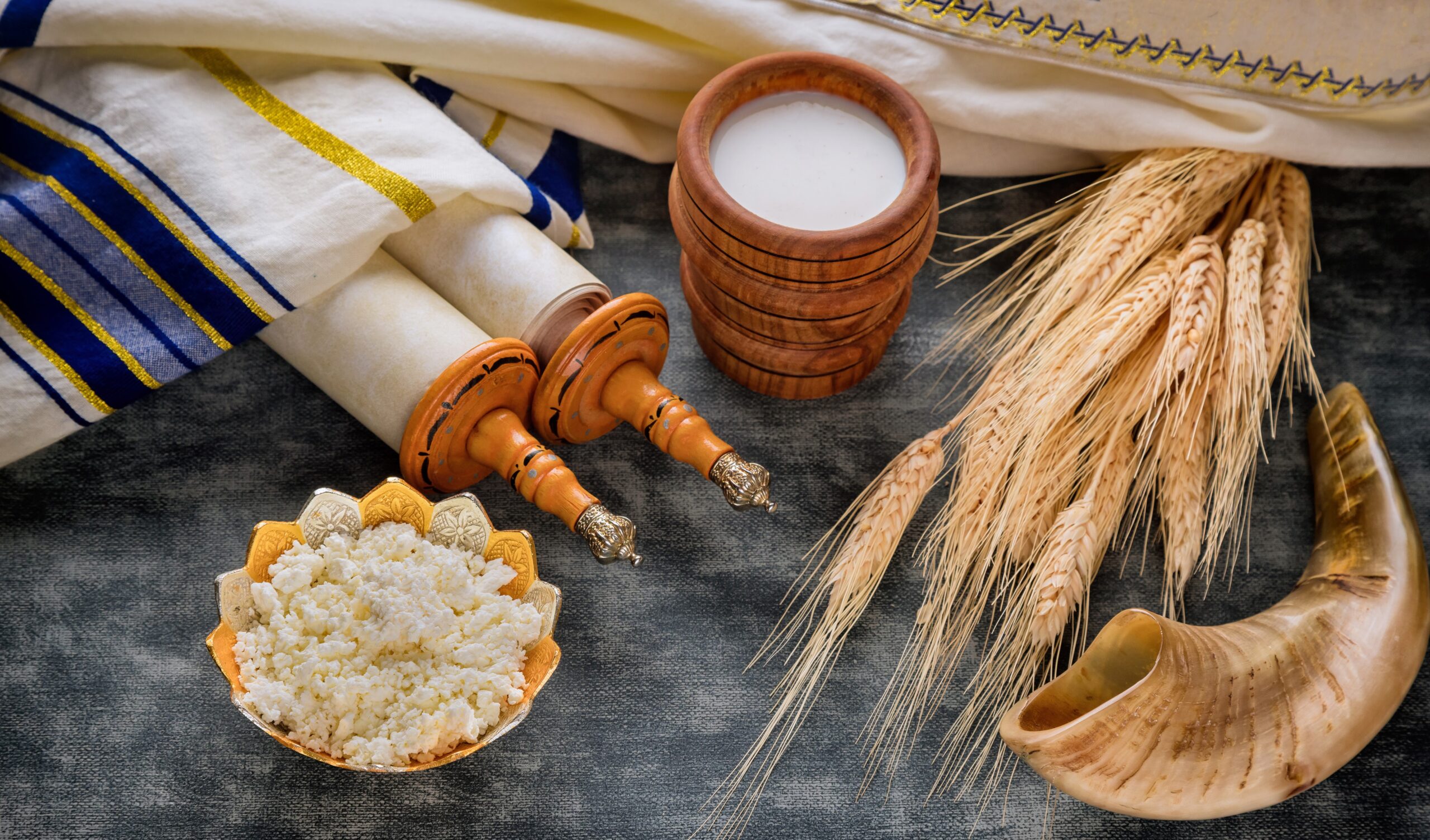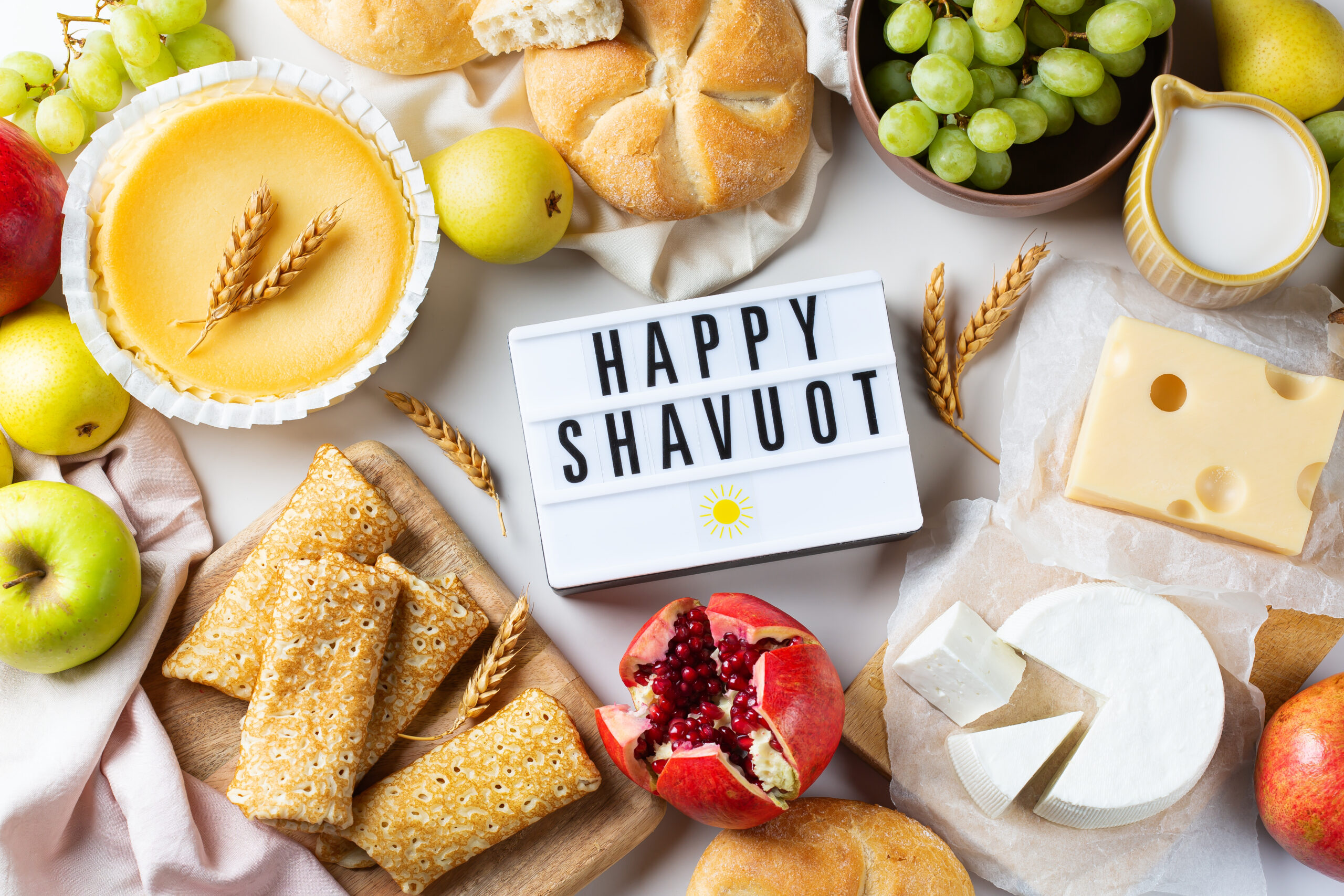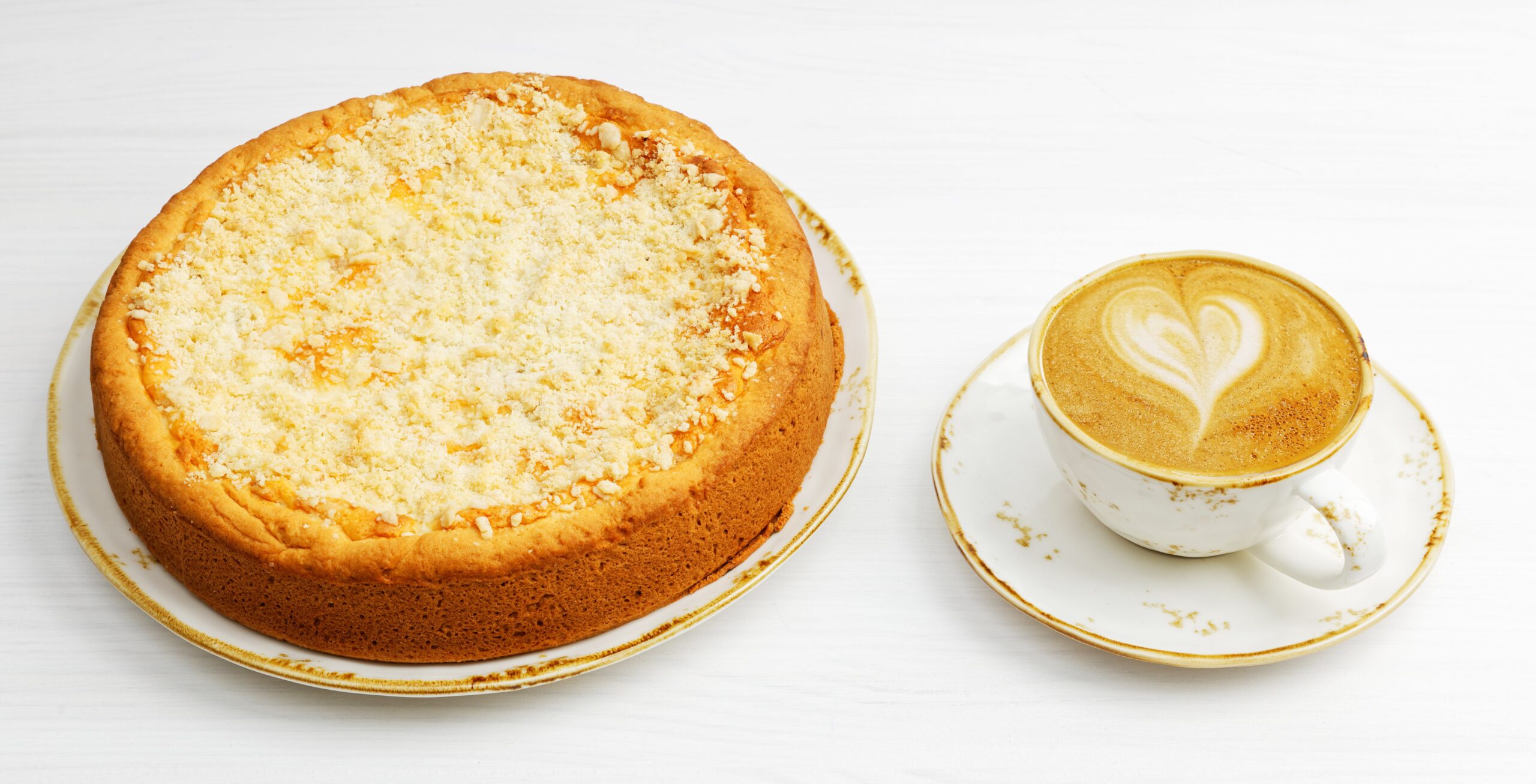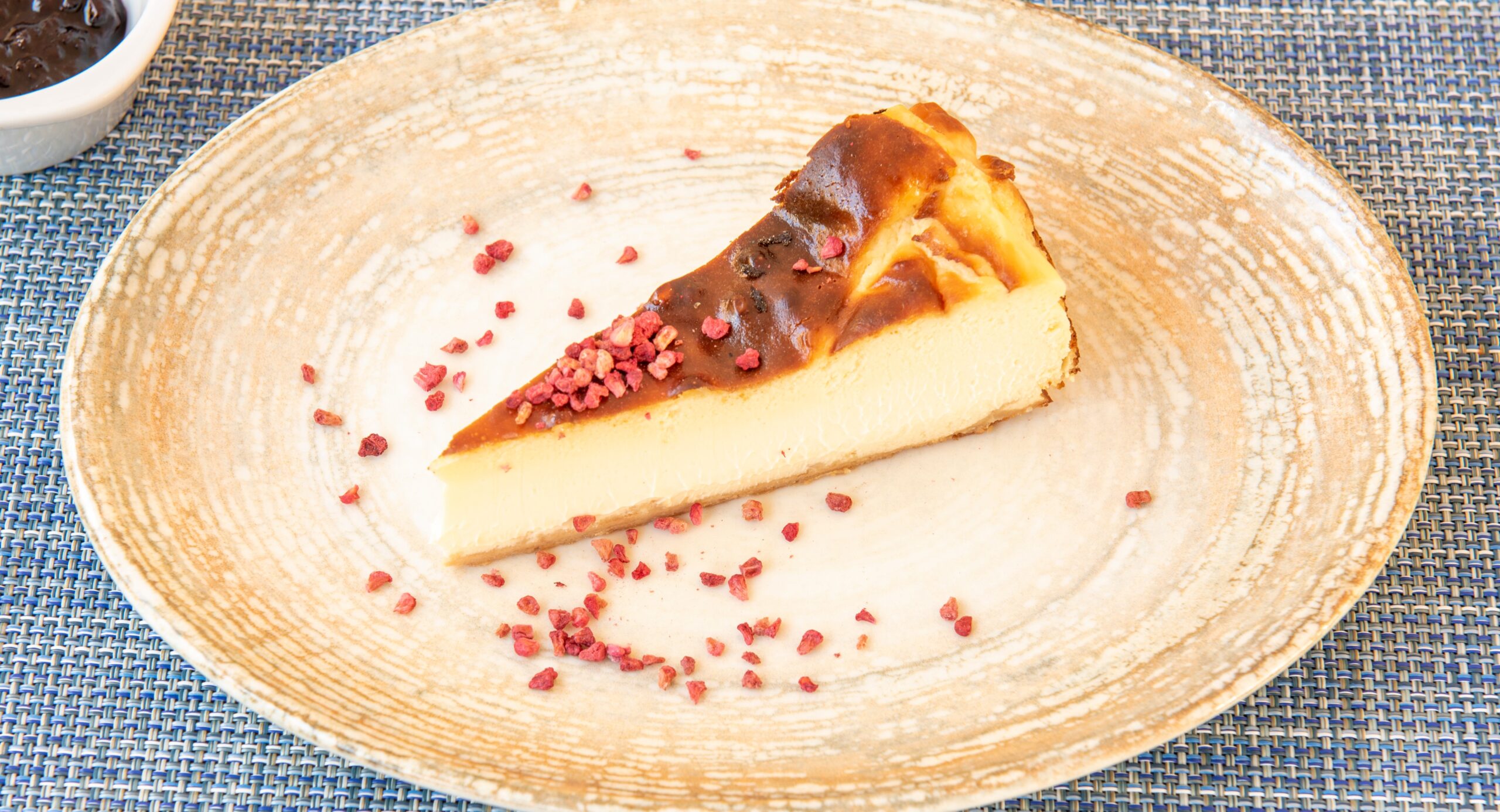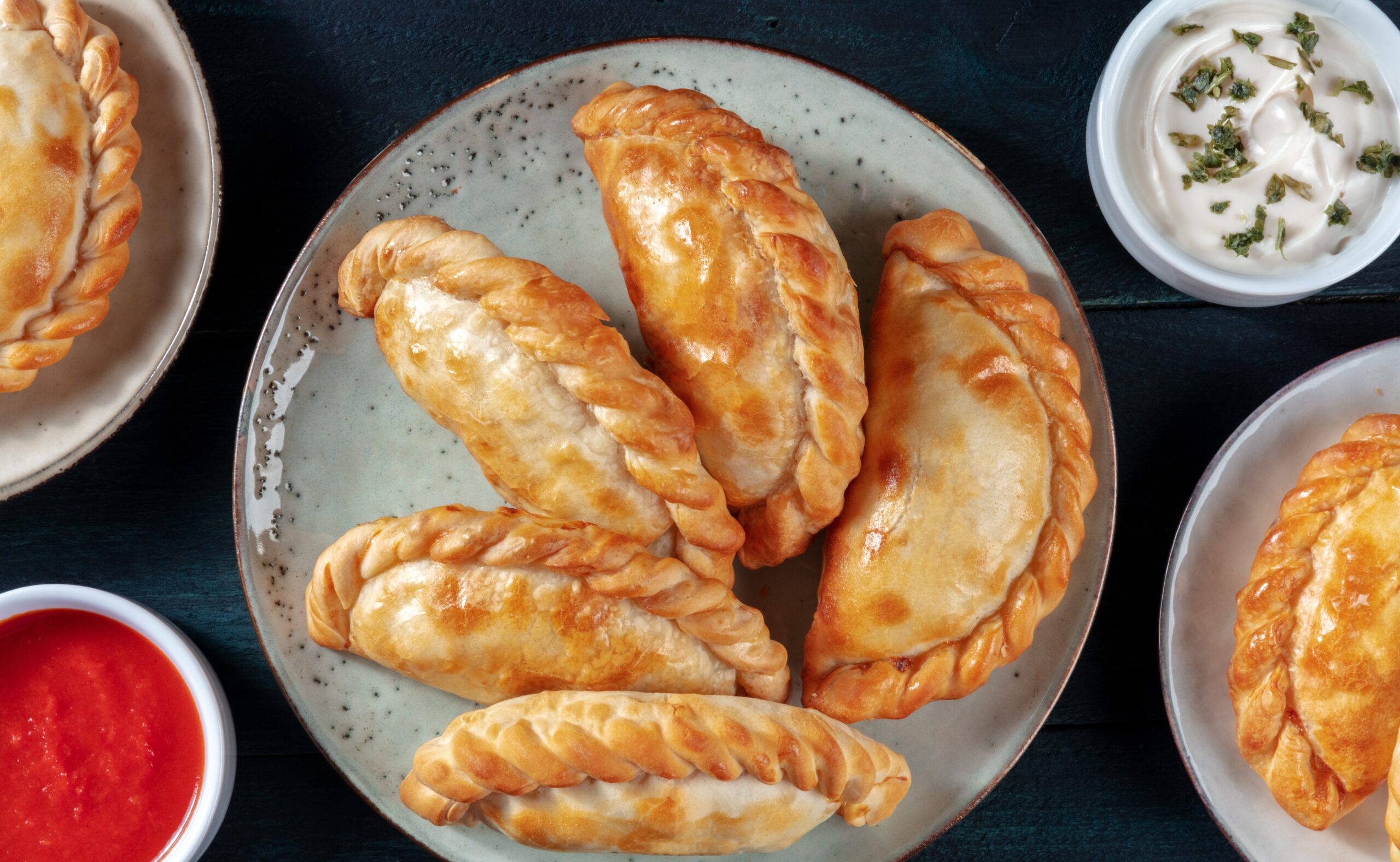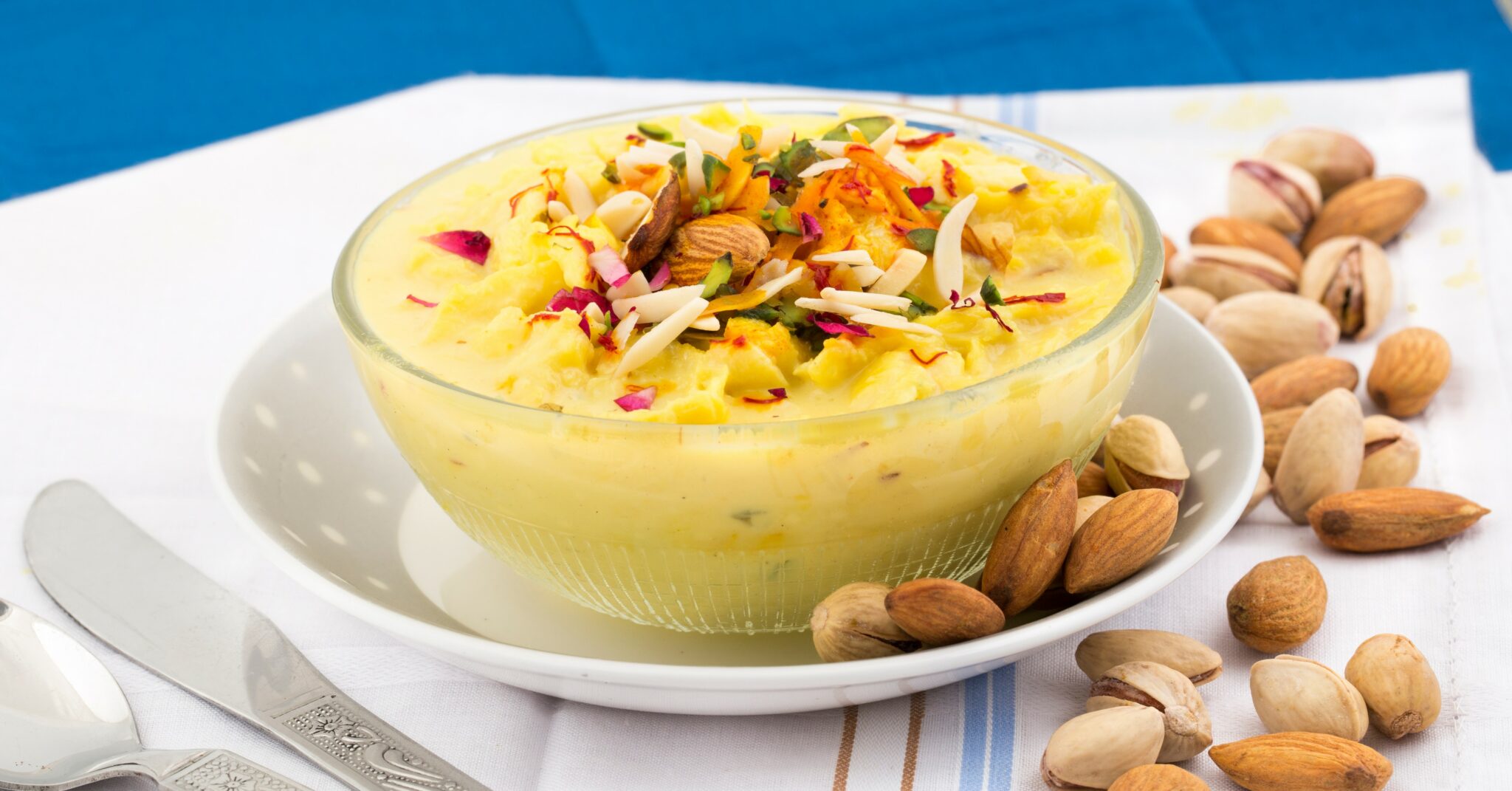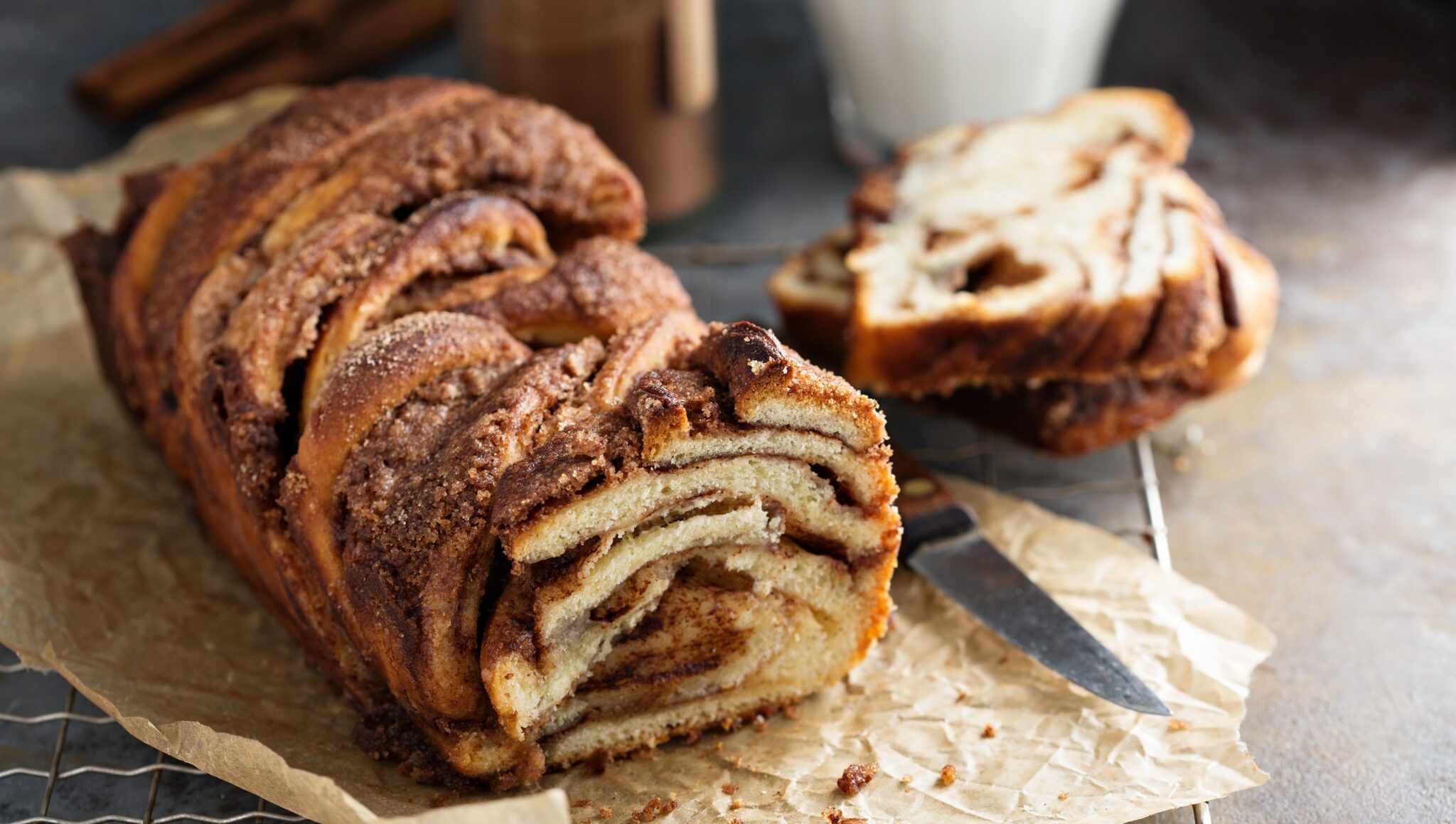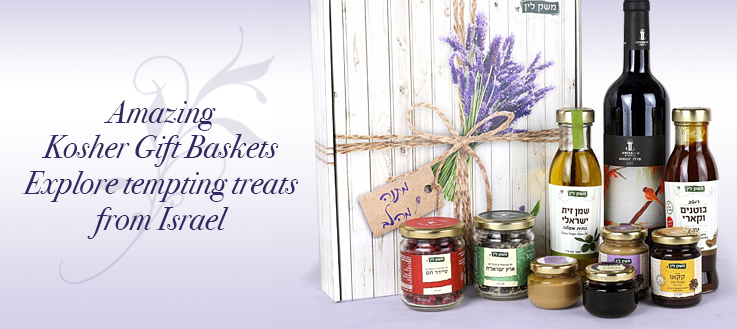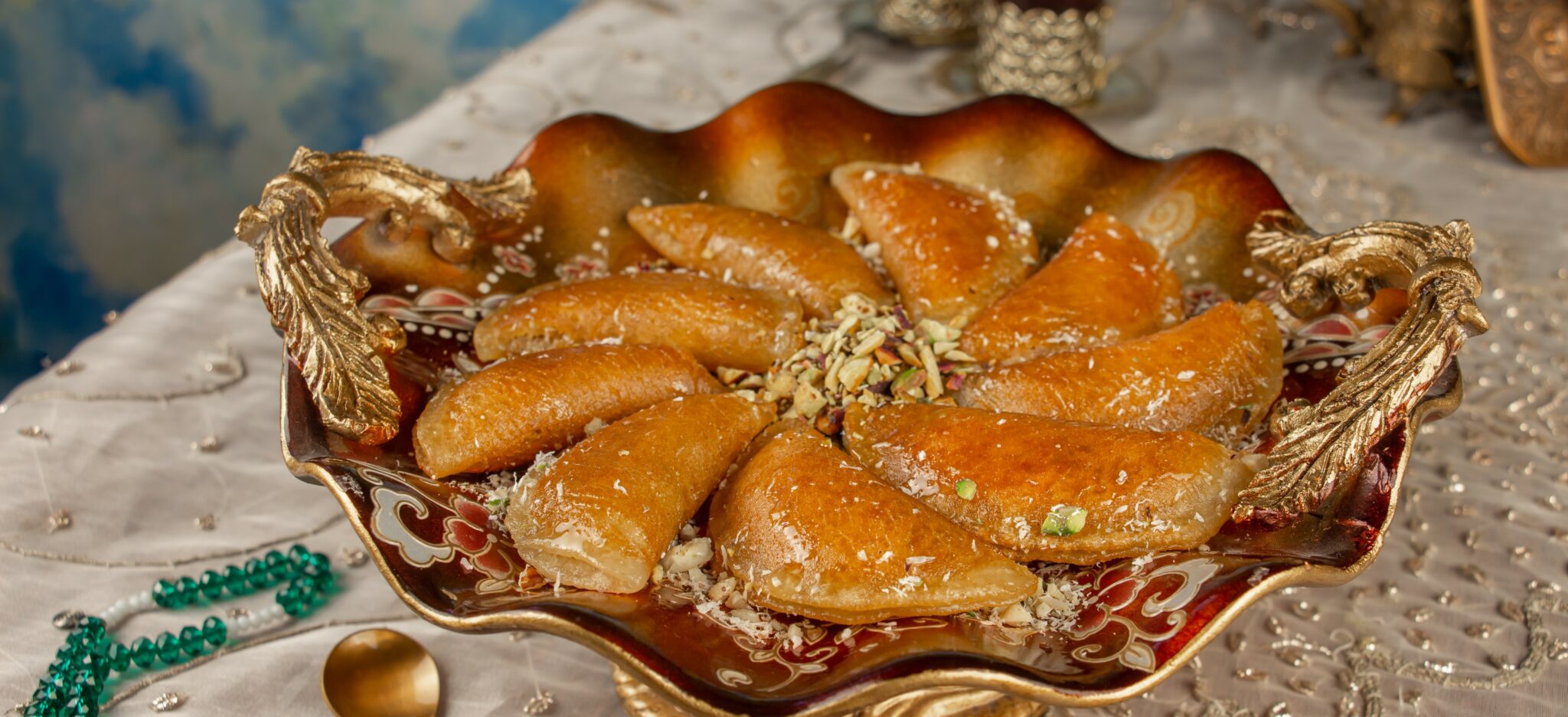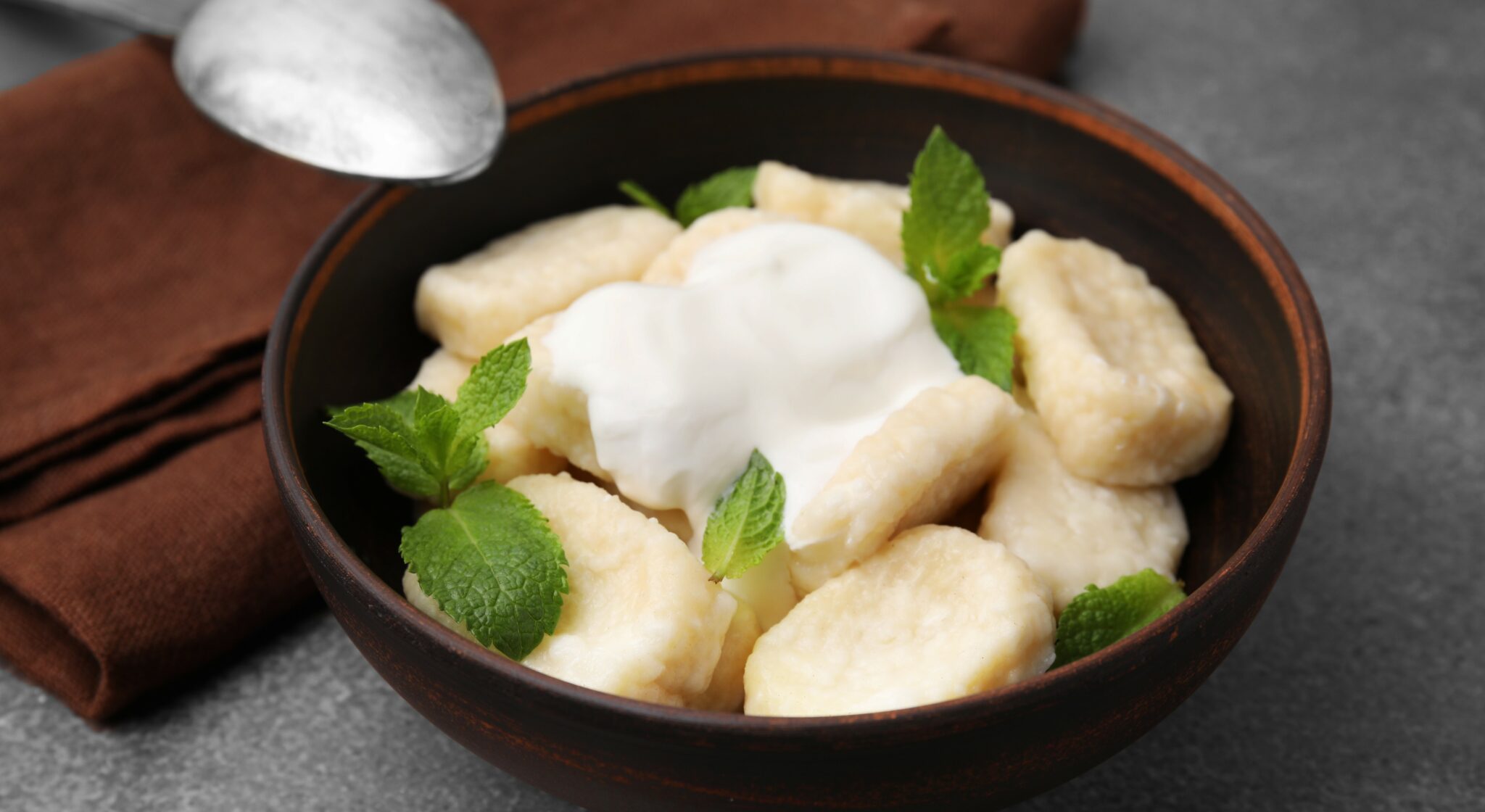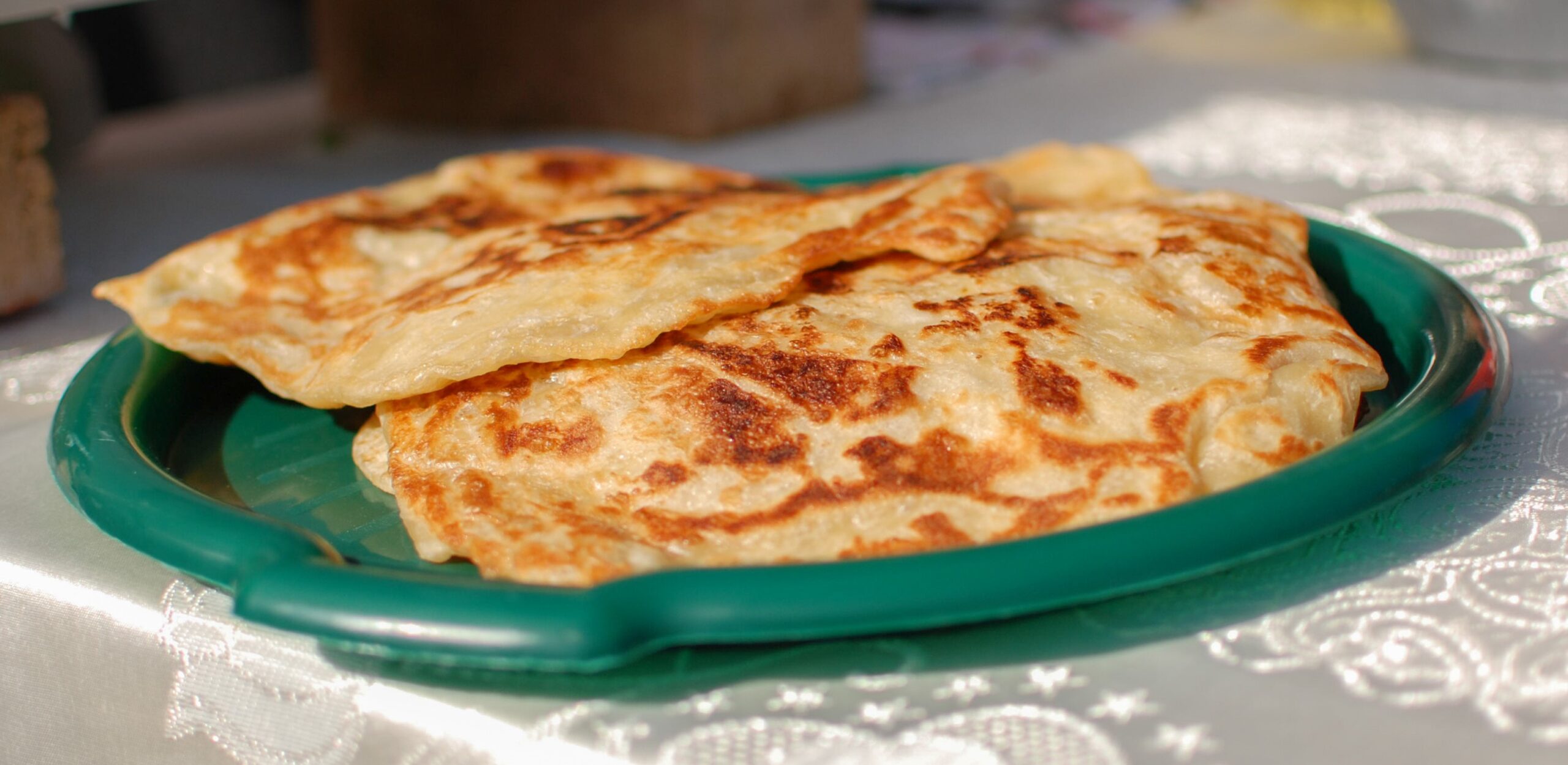Shavuot 2024 is coming! The holiday starts at sundown on Tuesday, June 11, and lasts through the following day in Israel and for two days in the diaspora.
It is a widespread custom – and one of the defining features and many people’s favorite aspect of the holiday! – to eat dairy foods on Shavuot. For many Jews, that means enjoying cheesecake, blintzes, and other sweet, creamy desserts. But that’s not all! Jewish communities around the world have a wide array of treasured Shavuot recipes that utilize local ingredients and reflect the beautiful diversity of global Jewish culture.
We have rounded up 7 of our favorite, scrumptious foods that are enjoyed by Jews during Shavuot. Need a refresher first on what Shavuot is and why the Jewish people celebrate it? Check out our Shavuot 101 guide here!
And don’t forget to check out our store’s amazing array of delicious Israeli foods, including artisanal kosher gift baskets that make perfect gifts for loved ones year-round.
As we say in Israel, beteavon!
